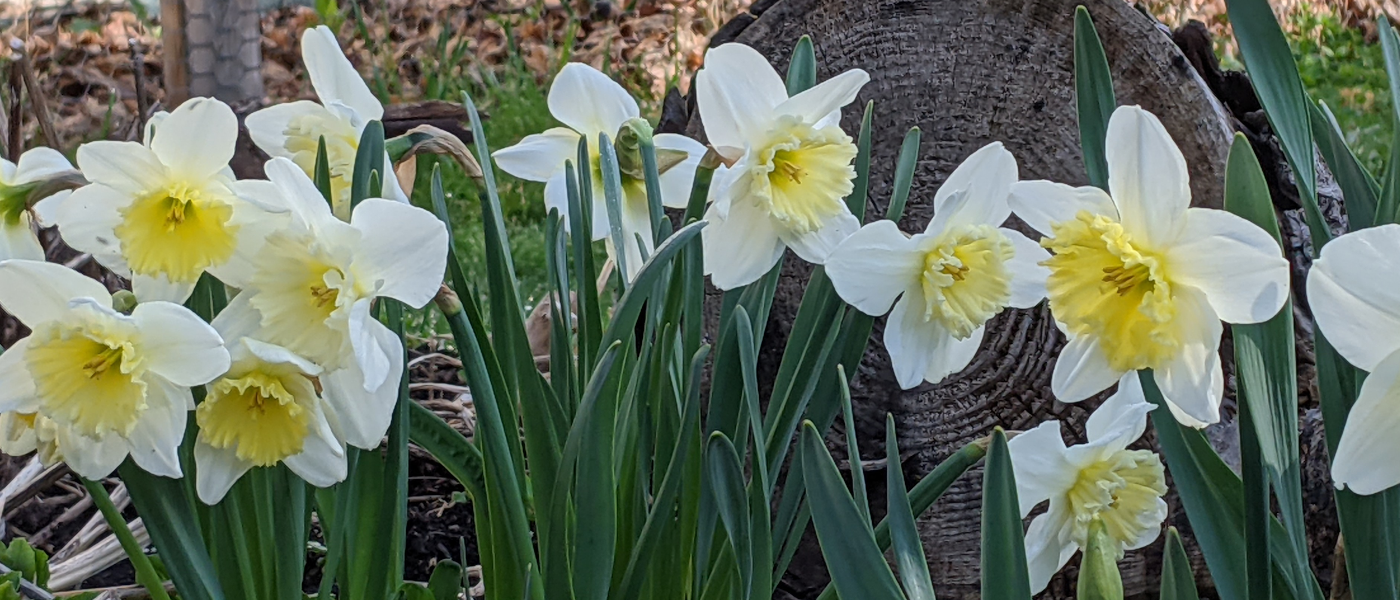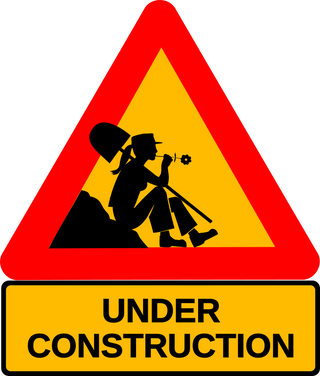Menu

Spring Cleanup Advice
Spring Cleanup Advice
The directions regarding spring cleanup seem to keep changing, for many good reasons. Perhaps we could all use a bit help to understand why some old practices need to change. The good news, every single suggestion is less work than what we all used to do.
Don't Dig Your Garden
In the way back, advice used to be to turn over your garden beds. Perhaps, even double digging! I think this idea came from farming, where large tractors would turn over the soil at least annually, to turn in old stubble as a soil amendment in place. However, the thinking now is that digging over beds is actually very detrimental. There are only a few instances in which I would dig over soil; for instance if I was trying to remove the roots of an particular plant that spread via roots/rhizomes such as quack grass. And, in that case, I would still limit it to where I had a problem to deal with. It turns out that soil has clumping structure that is vitally important to it's health. That structure allows air and water to flow through the soil. If you dig it, then you break up those clumps, and end up with a more powdery soil, that compacts easily, and doesn't have these precious pores. So, don't dig over your garden.
While we are on the topic of soil. Please wait until your soil dries out a bit before walking on it. When it is soggy and wet in the spring, those same pores and air spaces can easily get crushed just by walking on the ground.
Adding Amendments
But then, how do I add amendments? Shouldn't I dig those in, at least in the top portion. It is sufficient, in most cases, to simply add amendments on top of the soil. You can add a couple of centimeters of compost, for instance. The worms, rain, and other small creatures, will work it into the soil for you. Bonus, it will also act as a mulch to protect the important top layer of the soil. Did you ever notice that fence posts tend to rot just at the surface of the soil, but are likely just fine above and below that layer? That's because there are so many microbes that live in that top layer of soil, whose function is to break down whatever organic matter falls from the sky. We don't want to mix those up with deeper soil, where they would just die.
What about tidying up?
I confess, right now my garden looks very messy. There are leaves that I raked in there last fall that still haven't broken down. Dried up, burst seed pods from butterfly milkweed hanging by a thread from last year's stalks. Switchgrass that broke under the weight of snow and is waiting to be cut down for spring growth. And, hopefully, many small creatures biding their time until actual warm weather to start their season too. We want to provide protection for those as long as we can. There is no magic temperature, or time, by which all of these creatures have emerged, as they all have their own different life cycles and schedule. Some overwinter as eggs, or larva, or adults. So, what to do? I don't want to throw the baby out with the bath water! My advice is to do as little as you can stand to look at. If you must clean up, try to find a way to leave as much of the plant materials in your garden, or near by, as possible. I cut back my goldenrod in the spring, and pile the tall branches in an out of the way place by my fence. I cut my perennials at about 30cm from the ground, and drop the tops into the garden. Soon enough new growth covers those stalks and dropped materials. If the leaves that I raked in are still a bit too deep, I move them to the side to allow the plants underneath to grow. Spring cleanup used to be an arduous task involving cleaning everything, and then spreading mulch. No longer, because the plants themselves are providing my mulch. I don't even use a wheelbarrow any more!
But, I want to get mud under my nails NOW.
Ohh..I get that. Spring is when I do any pruning (since I don't do fall pruning). Soon, it will be time to prune your roses (watch for forsythia to start blooming). Also, spring is when you can most easily see many of our worst invasive weeds. Why is it that they turn green before anything else!!! Garlic mustard, quackgrass, and chickweed are already going strong. Or, set up your hammock, grab your tablet, and browse our store for the plants you want to add to your garden this season.
- Choosing a selection results in a full page refresh.

